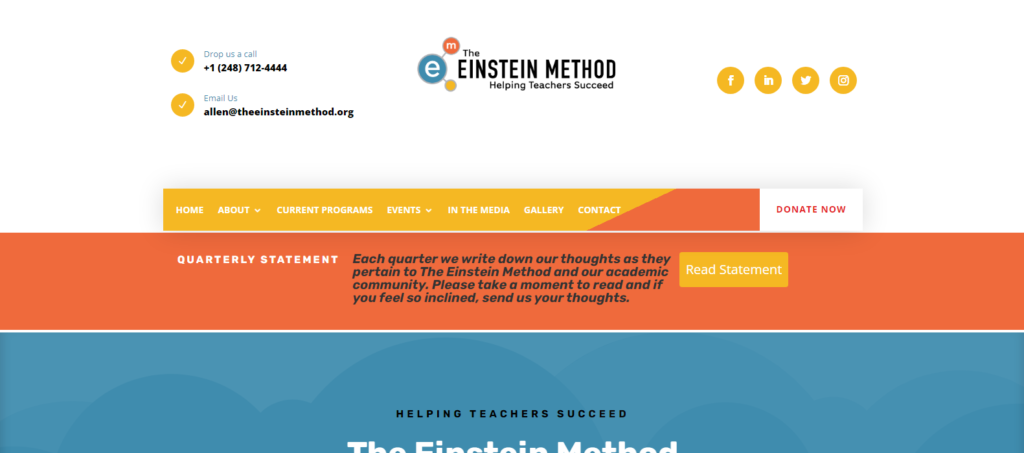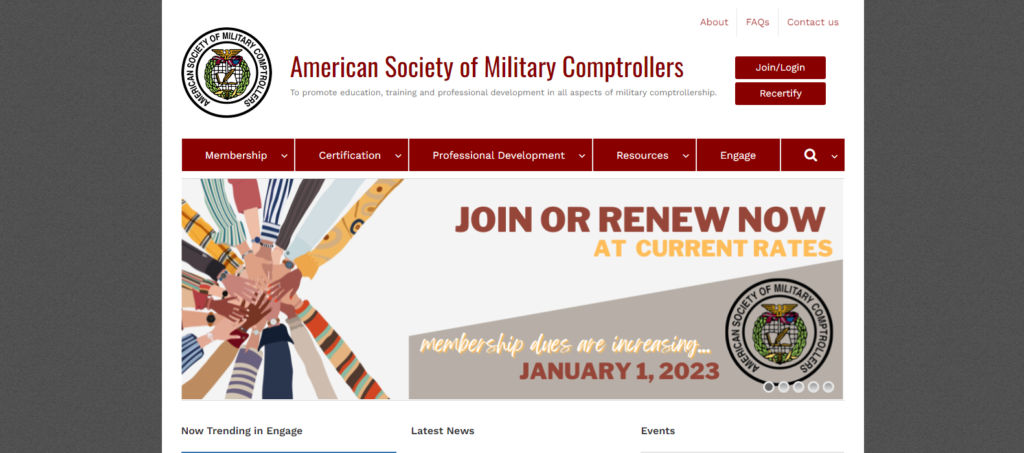Website Terminology Glossary
Top-Level Domain (TLD)
A top-level domain (TLD) is the last segment of a domain name, located after the final dot in an Internet address. It is the highest level of the domain name system (DNS) hierarchy and is the part of the domain name that indicates the type of organization or country associated with the website.
Examples of common top-level domains include .com (commercial), .org (organization), .net (network), .edu (education), and .gov (government). Country code top-level domains (ccTLDs) are two-letter domains reserved for each country, such as .uk (United Kingdom), .ca (Canada), or .au (Australia).
Top-level domains are managed by the Internet Assigned Numbers Authority (IANA), which is responsible for coordinating and managing the DNS root zone. The domain name registrars, such as GoDaddy, Namecheap, and Network Solutions, are authorized to sell domain names with different top-level domains to individuals, businesses, and organizations who want to create a website.
Need Help With Top-Level Domain ?



































